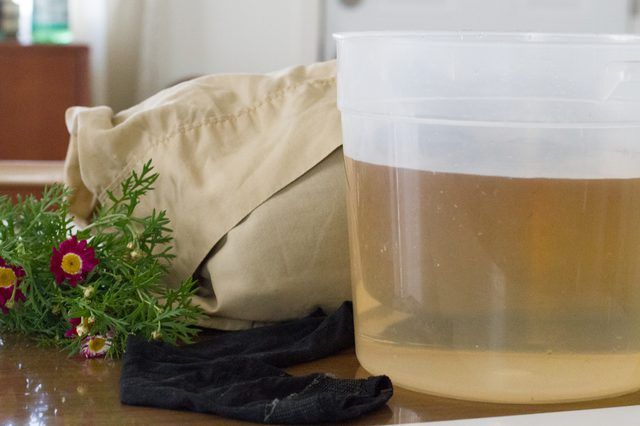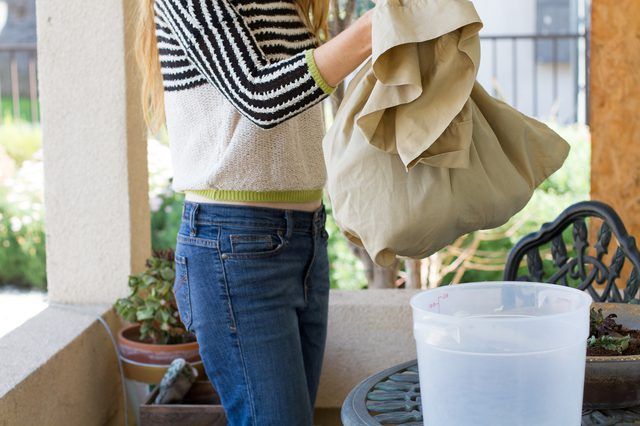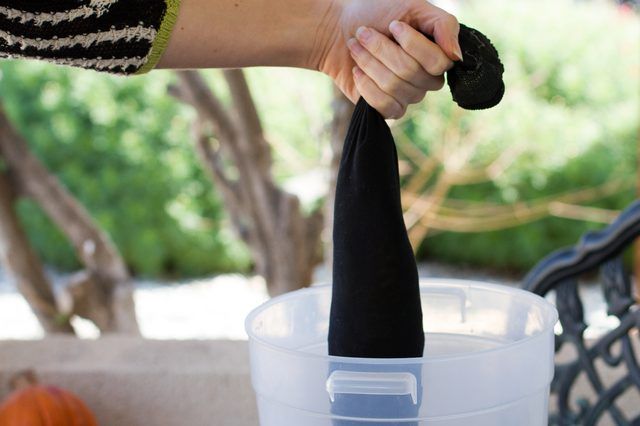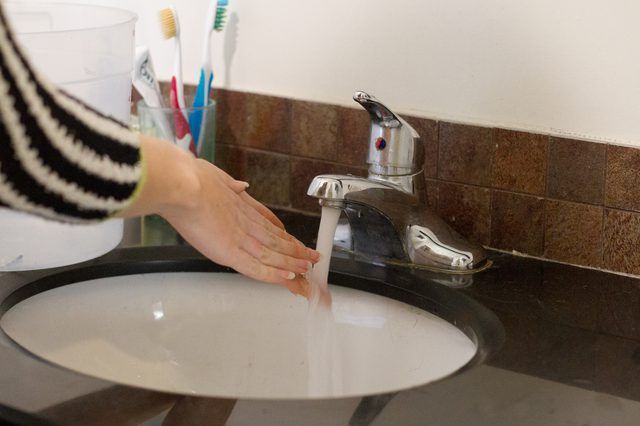Bulbs
Flower Basics
Flower Beds & Specialty Gardens
Flower Garden
Garden Furniture
Garden Gnomes
Garden Seeds
Garden Sheds
Garden Statues
Garden Tools & Supplies
Gardening Basics
Green & Organic
Groundcovers & Vines
Growing Annuals
Growing Basil
Growing Beans
Growing Berries
Growing Blueberries
Growing Cactus
Growing Corn
Growing Cotton
Growing Edibles
Growing Flowers
Growing Garlic
Growing Grapes
Growing Grass
Growing Herbs
Growing Jasmine
Growing Mint
Growing Mushrooms
Orchids
Growing Peanuts
Growing Perennials
Growing Plants
Growing Rosemary
Growing Roses
Growing Strawberries
Growing Sunflowers
Growing Thyme
Growing Tomatoes
Growing Tulips
Growing Vegetables
Herb Basics
Herb Garden
Indoor Growing
Landscaping Basics
Landscaping Patios
Landscaping Plants
Landscaping Shrubs
Landscaping Trees
Landscaping Walks & Pathways
Lawn Basics
Lawn Maintenance
Lawn Mowers
Lawn Ornaments
Lawn Planting
Lawn Tools
Outdoor Growing
Overall Landscape Planning
Pests, Weeds & Problems
Plant Basics
Rock Garden
Rose Garden
Shrubs
Soil
Specialty Gardens
Trees
Vegetable Garden
Yard Maintenance
How to Make Compost Tea
How to Make Compost Tea. Used to feed nutrients to garden plants, classic compost tea is brewed over a period of at least five days by steeping compost in water and stirring the water occasionally. Some gardeners now believe that by agitating the water during the brewing process, they can add beneficial fungi and bacteria to the tea and thus to the...
Used to feed nutrients to garden plants, classic compost tea is brewed over a period of at least five days by steeping compost in water and stirring the water occasionally. Some gardeners now believe that by agitating the water during the brewing process, they can add beneficial fungi and bacteria to the tea and thus to the soil. Aerated tea is brewed in one or two days via constant bubbling of the water. Compost teas of either type can harbor harmful bacteria as well as the beneficial kind and should be handled and applied with care.

To make the more traditional type of compost tea, pour 1 gallon of compost into an old pillowcase or small burlap bag and tie the top of the bag shut with garden twine. The compost should be well-rotted so that it smells pleasantly earthy rather than sour and has no scraps of decomposing matter in it. Place the bag inside a 5-gallon bucket, preferably suspending it from the side of the bucket to make the tea easier to stir. Fill the bucket with rainwater or well water so the bag is covered. If the only water available is chlorinated tap water, fill a bucket with it and let it sit for 24 hours until the chlorine has evaporated before adding the bag of compost. Stir the water in the bucket with a stick at least once per day for five days.

To make the same amount of aerated compost tea, you'll need an aquarium pump and an aquarium air stone linked by 4 feet of 1.2 millimeter plastic tubing. If the water contains chlorine, bubble it for two hours to dissipate the chlorine before adding compost. To do so, fill a 5-gallon bucket with water, place the pump on the ground outside of the bucket and the air stone in the water, and turn on the pump to bubble the water. Skip this preliminary bubbling if you're using rainwater or well water. After filling a nylon knee-high stocking with 4 to 5 cups of well-rotted compost, knot the top of the stocking and suspend it inside the bucket. Start the pump and bubble the water constantly for 24 to 36 hours, stirring it at least once or twice. The water should look as if it is at a full rolling boil. If it doesn’t, you may need to use a stronger pump, such as a high-pressure air pump.

Don't use compost tea if it smells unpleasantly sour, which means it has turned anaerobic rather than aerobic. If it still has an earthy aroma, apply it either to the plants' soil or to their foliage, preferably in the morning or evening rather than during the heat of the day. When the brewing period is finished, if you intend to use the tea in a sprayer, strain it through cheesecloth to remove any particles. Dilute nonaerated tea – mixing 1 part tea with 10 parts water – before spraying plants with it or pouring it into the ground around them. The aerated tea must be used immediately, undiluted, within four hours of being finished for the maximum benefit. If you are applying compost tea to the soil, use about 2 cups for each medium-size plant.

Compost teas can contain harmful bacteria, such as E. coli, and are most likely to do so if they were made from composted manure or were fed with additional bacteria-increasing ingredients such as molasses or kelp. To increase safety, therefore, the USDA recommends that the tea be applied to fruit and vegetable plants early in the growing season – to their soil only, not to their foliage – at least three months before you intend to harvest the produce. For plants that are strictly ornamental, you can apply it more often, but always wash your hands thoroughly with soap and water after handling compost tea. When you have finished brewing the tea, clean the bucket, tubing and aquarium stone with a mixture of 1 part bleach to 9 parts of water. After rinsing all of the equipment with clean water, allow it to air out so the chlorine dissipates before you use it again.
